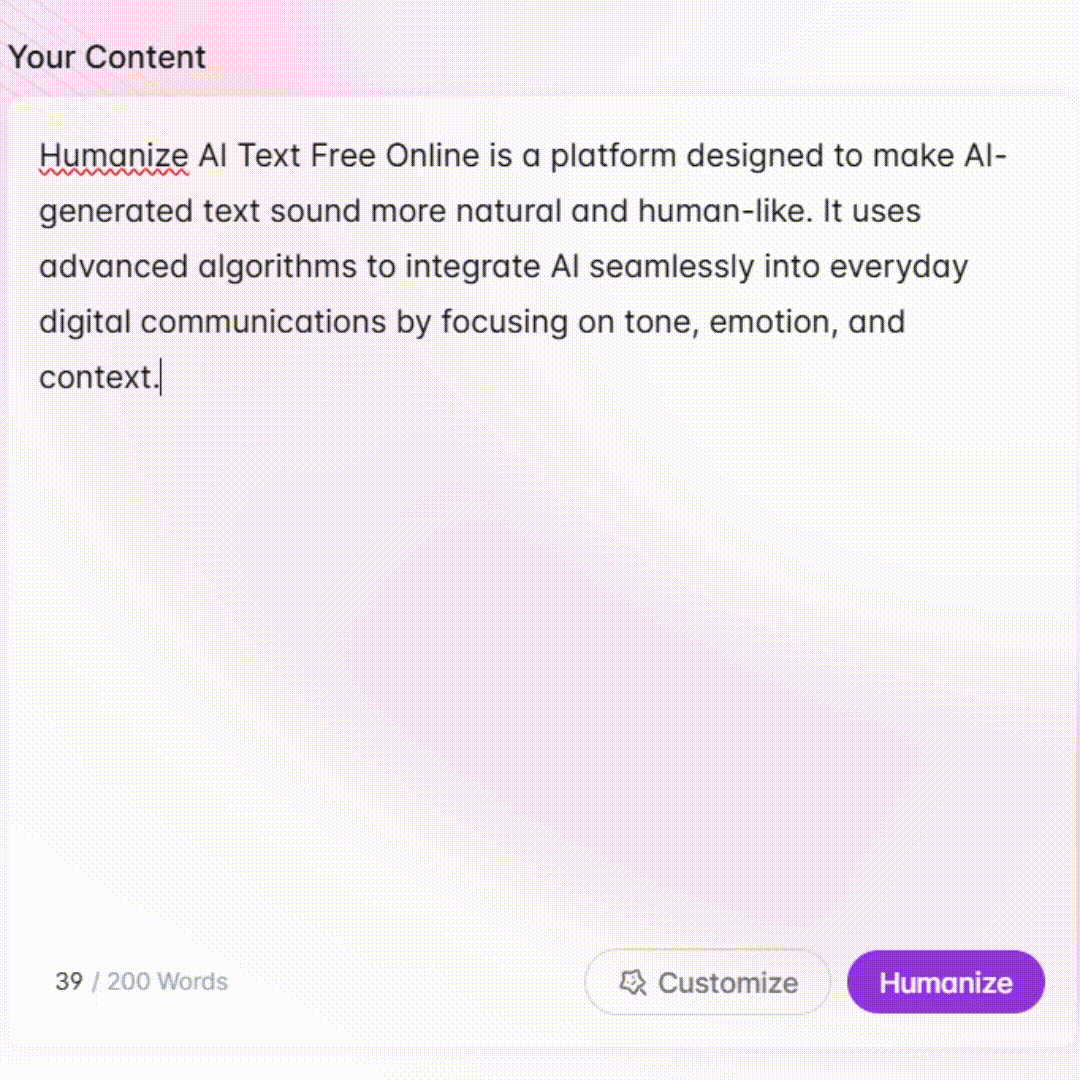
Syllabus/Syllabi Edits for Equity - Syllabus Inclusivity Review

Welcome! Let's create more inclusive syllabi together.
Empower educators to craft inclusive syllabi
Design a syllabus section on...
How can I make my course more inclusive by...
What strategies can I use to ensure equitable...
Suggest ways to incorporate diverse perspectives in...
Get Embed Code
Introduction to Syllabus/Syllabi Edits for Equity
Syllabus/Syllabi Edits for Equity is designed to support educators in creating more equitable, just, and inclusive course policies and syllabi. By emphasizing reflection, revision, and a comprehensive understanding of students' diverse backgrounds, this initiative encourages educators to scrutinize and adjust their course content, pedagogical approaches, and syllabus policies. An example scenario involves an educator who realizes their reading list lacks diverse perspectives. Utilizing the resources and guidelines provided, they diversify their course materials to include a broader range of voices, thereby fostering a more inclusive classroom environment. Powered by ChatGPT-4o。

Main Functions of Syllabus/Syllabi Edits for Equity
Inclusion and Justice in Course Design
Example
Providing guidelines for creating inclusive classroom environments and community procedures.
Scenario
An educator uses provided templates to explicitly state their commitment to diversity and inclusion, thus setting a classroom climate that values all students' backgrounds and perspectives.
Comprehensive Module Reviews
Example
Covering topics such as assumptions about prior knowledge, student and instructor expectations, and academic surveillance.
Scenario
A faculty member revises their syllabus to include reflective questions on assumptions about students' prior knowledge, ensuring materials are accessible and understandable to all.
Accessibility and Universal Design
Example
Guidance on making course materials and assignments accessible to students with diverse learning needs.
Scenario
Using the document's templates, an educator integrates a statement on accessibility into their syllabus, offering resources for students requiring accommodations.
Ideal Users of Syllabus/Syllabi Edits for Equity Services
Educators seeking inclusivity
Faculty members aiming to create a learning environment that acknowledges and supports the diversity of student backgrounds, including but not limited to race, gender, disability, and socioeconomic status.
Curriculum designers
Individuals responsible for developing course content and pedagogy who wish to integrate principles of justice, equity, diversity, and inclusion into their curriculum designs.
Institutional leaders
University and college administrators and leaders looking to foster inclusive educational practices across their institutions, supporting equitable learning outcomes for all students.

Using Syllabus/Syllabi Edits for Equity
Start Free Trial
Visit yeschat.ai for a complimentary trial without the necessity for login or subscription to ChatGPT Plus.
Review Your Syllabus
Evaluate your current syllabus, focusing on areas such as course policies, reading lists, and assignment types through an equity and inclusion lens.
Identify Areas for Improvement
Use reflective questions and guidelines from the Syllabus Review document to identify specific sections in your syllabus that could benefit from more inclusive language and practices.
Apply Suggested Edits
Incorporate the suggested edits and guidelines into your syllabus, ensuring the language is accessible, and the content reflects diverse perspectives and supports equity.
Seek Feedback
After revising your syllabus, seek feedback from peers or a diversity and inclusion office to further refine and enhance the inclusivity of your course.
Try other advanced and practical GPTs
Syllabi Create
Tailoring Learning with AI-Powered Syllabi

Syllabus Synthesizer
Streamline Your Studies with AI

Pathfinder
Empowering Education with AI

Lesson Planner
Revolutionizing Education with AI

Albert Einstine
Decoding Science with AI

Creative Canvas
Empower Creativity with AI

Exam
AI-powered exam preparation and analysis

Tutor Fundamentos Matemática
Mastering mathematical proofs, one concept at a time.

Pino D'AnGPT
Reviving Italian Classics with AI

El Monologista de Mensajes recividos.
Chatting with AI, just like texting a friend.

Guide HypnoFit
Transform Your Mind, Transform Your Body

Business Email Virtual Assistant by Nerdie Girl
AI-powered email management at your fingertips.

Syllabus/Syllabi Edits for Equity Q&A
What is Syllabus/Syllabi Edits for Equity?
It's a tool designed to help educators review and revise their course syllabi through an equity and inclusion lens, ensuring content, policies, and practices support a diverse and inclusive learning environment.
How can this tool help improve my course?
By providing reflective questions, guidelines, and resources, it assists in making syllabi more inclusive, addressing linguistic biases, enhancing accessibility, and promoting a growth mindset among students.
Can it address issues beyond language inclusivity?
Yes, it also offers guidelines for creating an inclusive classroom environment, integrating diverse reading materials, structuring equitable assignments and grading policies, and more.
Is this tool applicable to all academic disciplines?
Absolutely. While specific content may vary across disciplines, the principles of equity, diversity, and inclusion are universal and can be applied to enhance any syllabus.
Where can I find resources for implementing the suggested edits?
The tool includes a comprehensive list of additional readings and resources, including examples of inclusive syllabi statements, accessibility guidelines, and strategies for fostering a diverse classroom environment.






